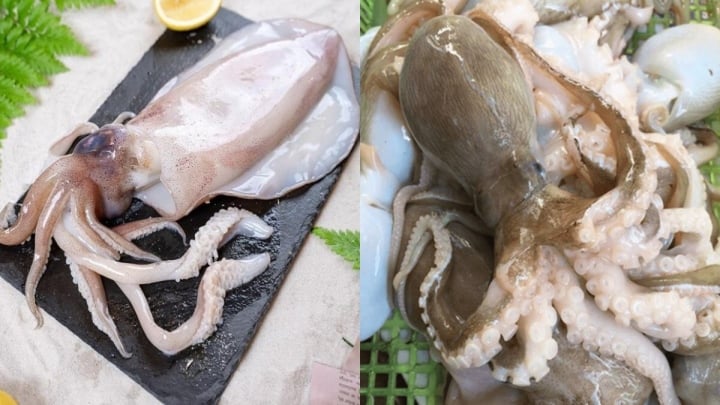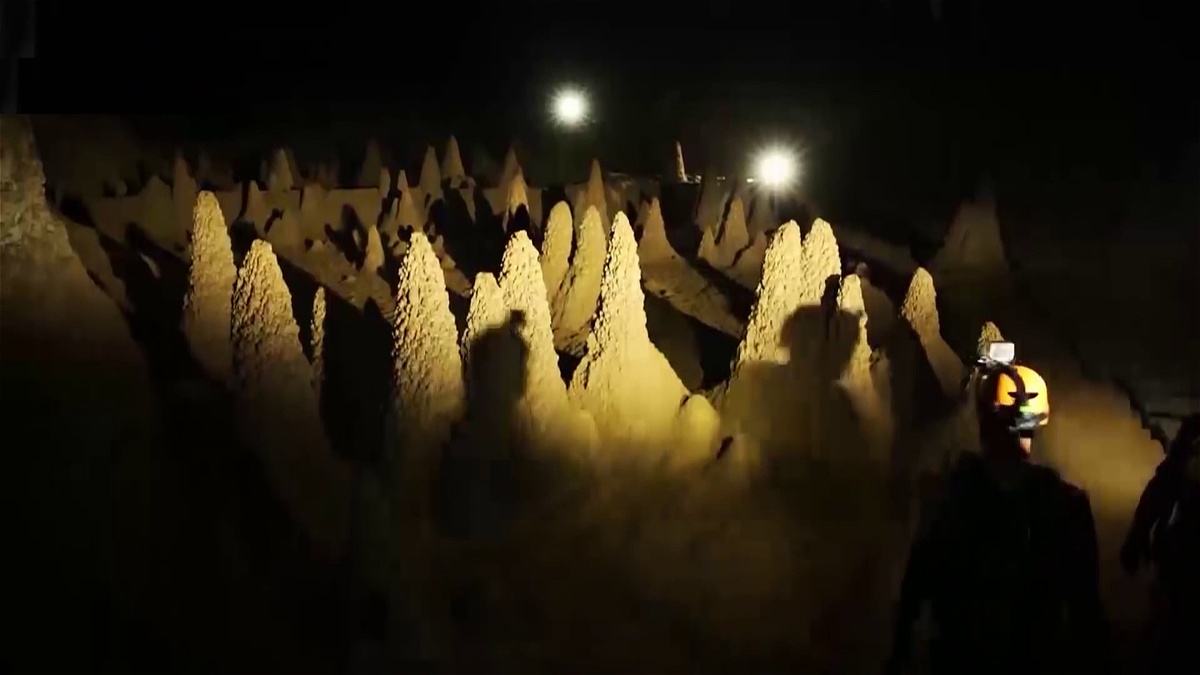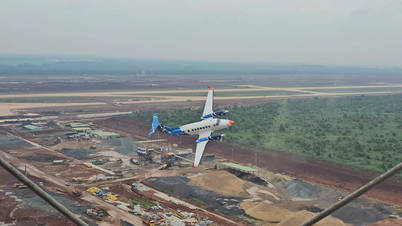The animal world contains many interesting things and information about the animals with the strangest hearts in the world is one of them. Due to the different body sizes and structural features, the hearts of each animal will form a unique shape and characteristics.
Octopus and squid
Squid and octopus are rare animals that possess up to three hearts in one body. To maintain respiration, squid and octopus use two hearts on either side of the body to pump oxygen through the blood vessels. Meanwhile, the central heart will transport oxygen to the remaining organs.
Octopuses have a relatively short lifespan, with some species living only six months. Reproduction issues are thought to be one of the main reasons for the short lifespan of this animal.

Octopuses and squid have up to three hearts.
Frogs
In most animals, the heart is responsible for taking blood from the body to the lungs to pick up oxygen and supply it to other organs. Or like in humans, oxygenated blood and deoxygenated blood are stored in separate compartments. But in frogs, oxygen is not only taken from the lungs but also from the skin. Oxygenated blood is separated from deoxygenated blood in the same compartment.
Even more bizarre is that frogs' hearts can freeze. The heart of a wood frog stops beating completely when it freezes during hibernation.
Cockroaches
Of the 4,600 species of cockroaches, about 30 live in close proximity to humans. About four species are known to be pests. Wingless cockroaches have hearts that are smaller than those of flying cockroaches, and their hearts beat at a similar rate to a human heart.
Cockroaches have an open circulatory system, meaning their blood does not fill blood vessels. Their hearts do not beat on their own. Muscles in their cavities expand and contract to help the heart send hemolymph to the rest of the body.
Whale
The blue whale's heart is the largest of any living animal, about the size of a small car and weighing about 430 pounds. Like other mammals, the whale's heart has four chambers. When it dives into the ocean, its heart rate slows to just four beats per minute.
The blue whale dwarfs some extinct creatures like the dinosaurs in size. One of the largest dinosaurs of the Mesozoic Era was Argentinosaurus, which weighed up to 90 tons but was only about the size of an average blue whale.

The whale heart weighs a lot.
Earthworms
Earthworms are animals without a heart. Instead, they have five pseudo-parts that surround the esophagus, which help promote blood circulation and nourish the body.
They also lack lungs and absorb oxygen through their moist skin. Earthworms also have the ability to regenerate lost segments. However, this ability varies from species to species.
Zebrafish
Zebrafish are also animals with unique hearts. In addition to an atrium and a ventricle, they have two structures never seen in humans: the sinus venosus (a sac located in front of the atrium) and the ductus arteriosus (a tube located just behind the ventricle).
Because the gills are fragile and can be damaged if the blood pressure gets too high, the zebrafish heart is specially designed. In addition, the zebrafish heart can regenerate. When the heart is damaged, the body will regenerate a new one to replace it.
Tuyet Anh (Source: Synthesis)
Useful
Emotion
Creative
Unique
Wrath
Source




![[Photo] Prime Minister Pham Minh Chinh chairs the Government's online conference with localities](https://vphoto.vietnam.vn/thumb/1200x675/vietnam/resource/IMAGE/2025/10/5/264793cfb4404c63a701d235ff43e1bd)


![[Photo] Prime Minister Pham Minh Chinh launched a peak emulation campaign to achieve achievements in celebration of the 14th National Party Congress](https://vphoto.vietnam.vn/thumb/1200x675/vietnam/resource/IMAGE/2025/10/5/8869ec5cdbc740f58fbf2ae73f065076)












































![[VIDEO] Summary of Petrovietnam's 50th Anniversary Ceremony](https://vphoto.vietnam.vn/thumb/402x226/vietnam/resource/IMAGE/2025/10/4/abe133bdb8114793a16d4fe3e5bd0f12)

![[VIDEO] GENERAL SECRETARY TO LAM AWARDS PETROVIETNAM 8 GOLDEN WORDS: "PIONEER - EXCELLENT - SUSTAINABLE - GLOBAL"](https://vphoto.vietnam.vn/thumb/402x226/vietnam/resource/IMAGE/2025/7/23/c2fdb48863e846cfa9fb8e6ea9cf44e7)



































Comment (0)